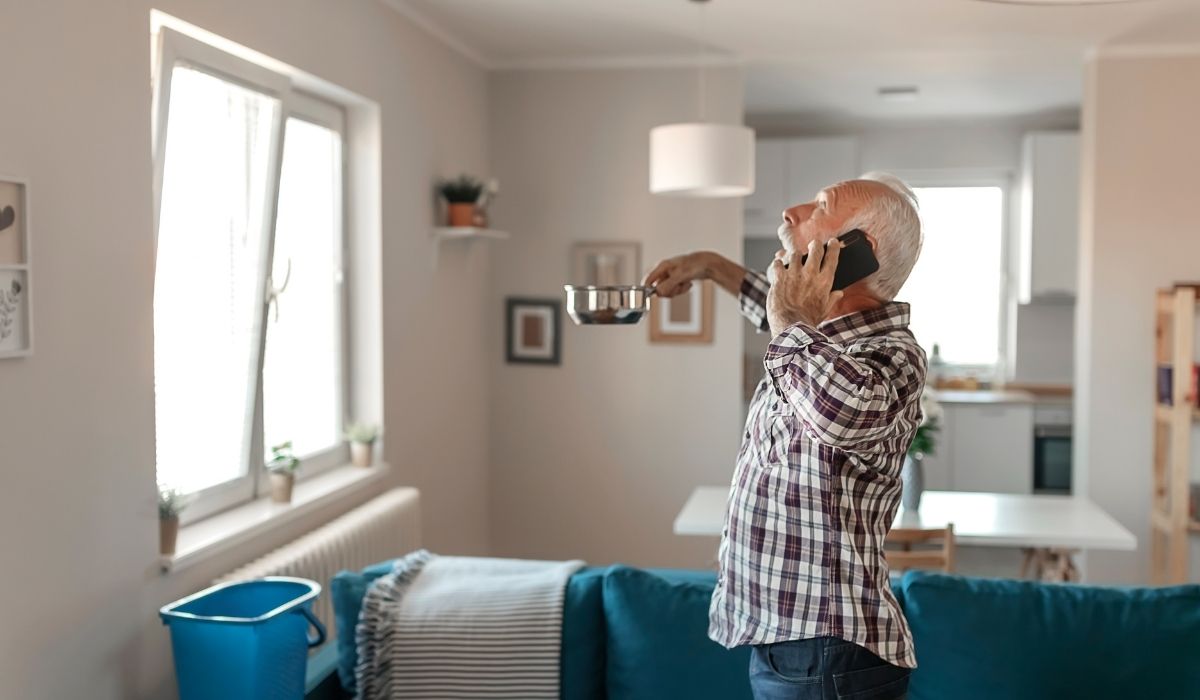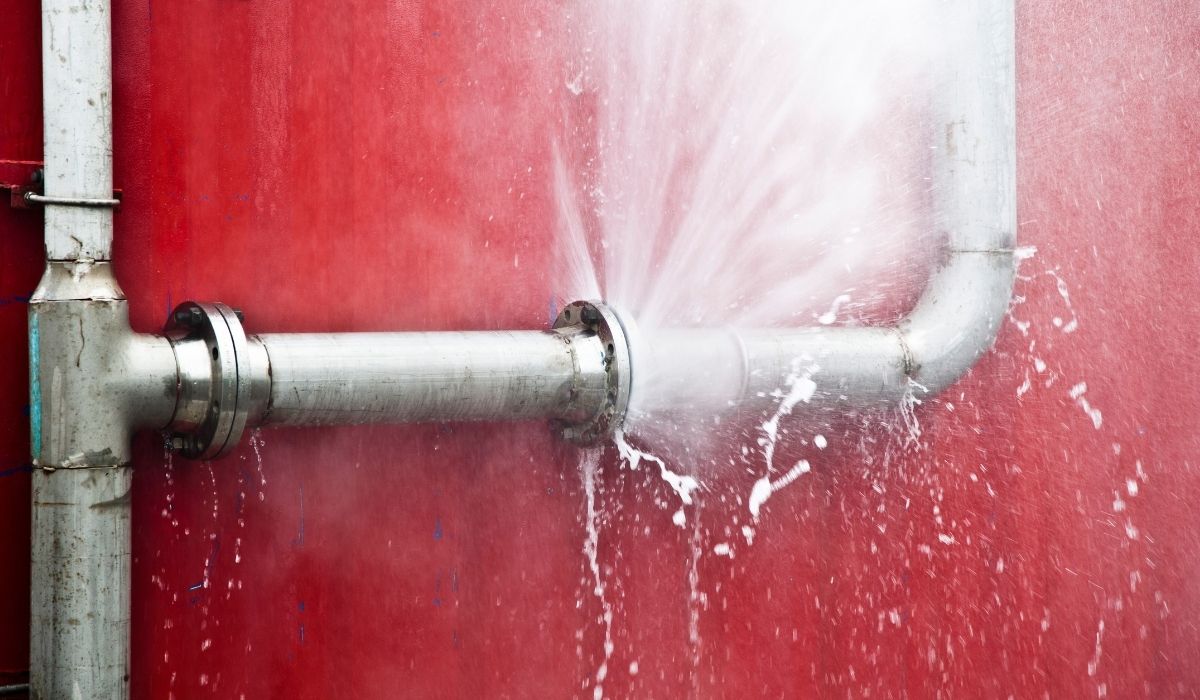What Is Smoke Remediation?
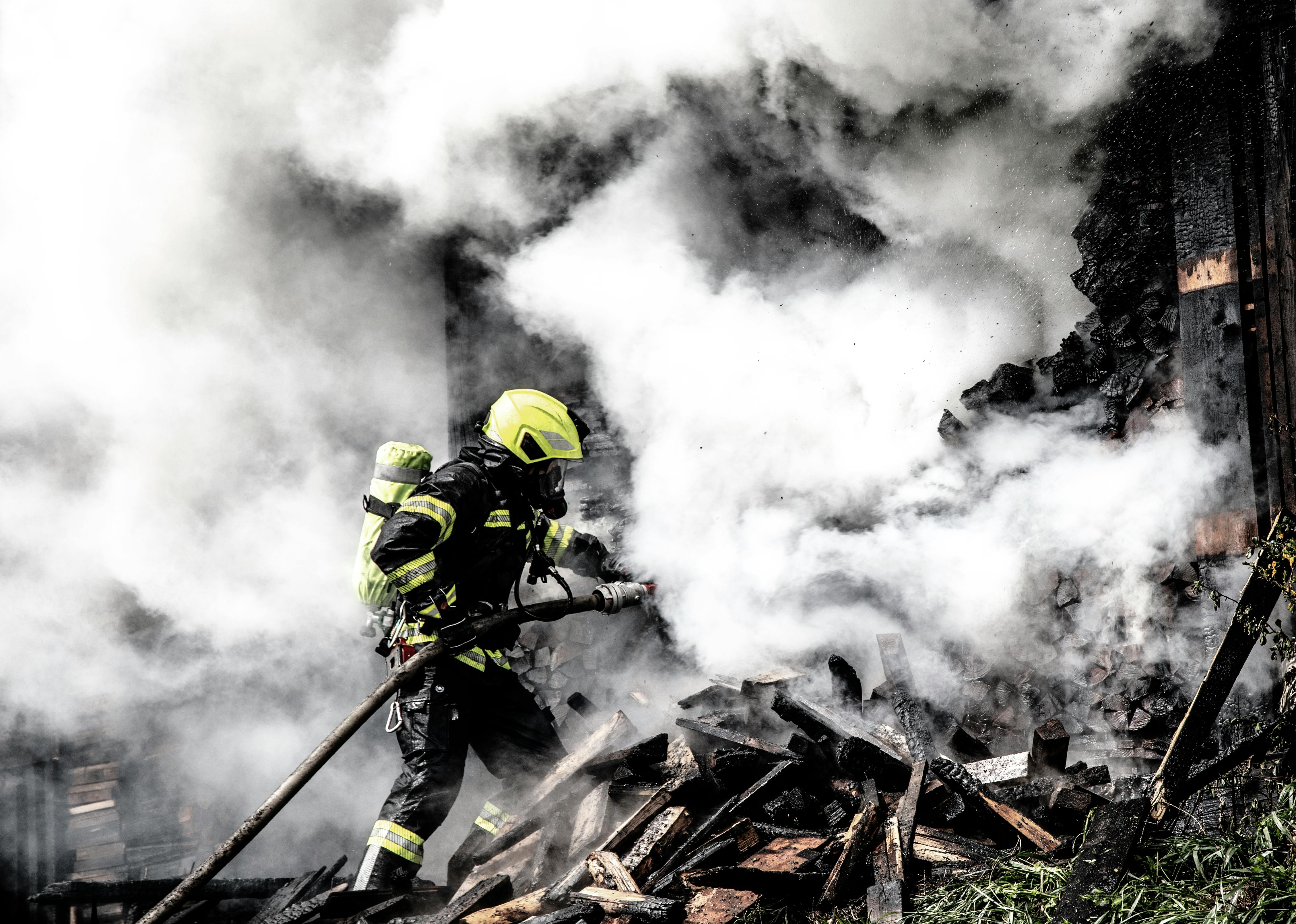
Why Smoke Remediation Matters
Smoke does more than make things smell bad. It’s dangerous.
Health Risks from Smoke
Hurts lungs and heart
Makes asthma and allergies worse
Affects your sense of smell
May contain asbestos, lead, or harmful pollutants
How Smoke Damages Homes
Leaves black soot on walls, ceilings, and floors
Gets inside ducts, furnaces, and appliances
Damages upholstery, paint, and drywall
Smells stay trapped without proper cleaning
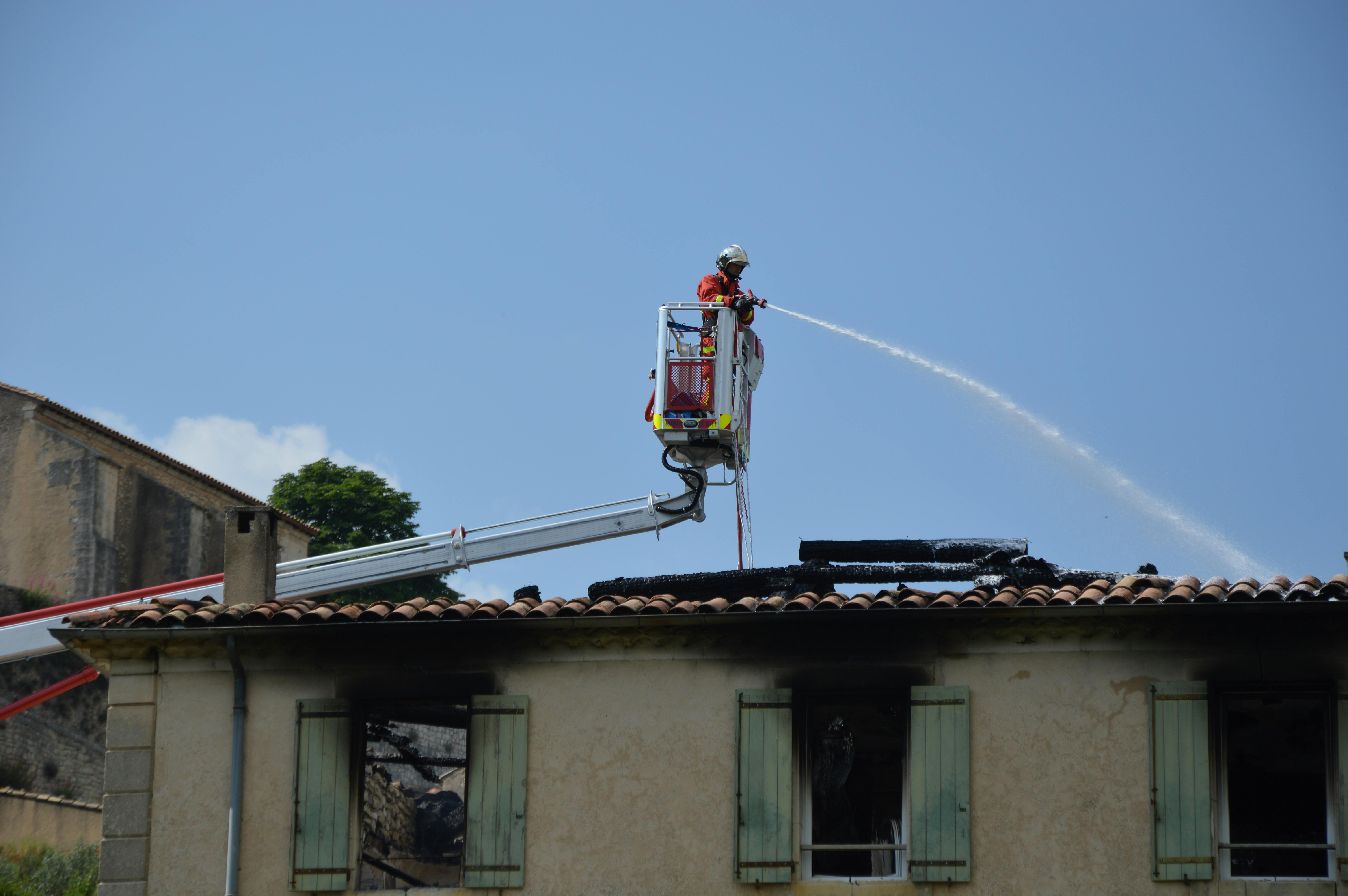
Types of Smoke That Cause Damage
Fire Smoke
Smoke from a fire can fill your house with toxic particles, debris, and sticky soot. It damages everything in its path.
Tobacco Smoke
Passive smoking or living in a smoker’s home leaves yellow stains and a strong odor. It clings to furniture, carpets, and ceilings.
Wildfire Smoke
Even if the fire is far away, wildfire smoke can enter your home through cracks or bad ventilation, lowering indoor air quality.
Where Smoke Hides in Your Home
Smoke spreads everywhere—even places you can’t see.
Hidden Trouble Spots
Inside walls and air ducts
Behind drywall or in the attic
In your basement or roof
On carpets, upholstery, and curtains
Inside your home appliances and air filter systems
Steps in Smoke Remediation
Step 1: Emergency Service and Safety
Call a smoke remediation service as soon as possible. They wear personal protective equipment and know how to handle toxic materials safely.
Step 2: Full Home Inspection
Experts inspect your property for smoke, soot, mold, and water damage. They look inside vents, behind walls, and under floors.
Step 3: Air Cleaning and Filtration
They use:
HEPA filters
Air purifiers
Ozone machines
Activated carbon filters
These tools remove particles, pollutants, and bad odor.
Step 4: Smoke and Soot Removal
Cleaning includes:
Vacuuming with special tools
Using vinegar, sponges, and cleaners
Scrubbing walls, ceilings, and furniture
Removing deep smoke smells
Step 5: Fixing Water Damage
If water was used to put out the fire, you may also need water damage restoration. This stops mold from growing.
Step 6: Odor Control and Deodorizing
Pros use fogging, ozone, or activated carbon to clean the air and remove lingering smells.
Tools Used for Smoke Remediation
Professional Cleaning Tools
Ozone machines – remove odor at the source
HEPA vacuums – trap tiny particulates
Activated carbon filters – clean chemical smells
Dehumidifiers – remove moisture
Foggers – spread cleaning mist into small spaces
Services Included in Smoke Remediation
What Services Can You Expect?
Smoke damage cleanup
Fire damage restoration
Mold remediation
Soot damage repair
Air duct and furnace cleaning
Dry cleaning for soft items
Carpet cleaning and stain removal
New paint and drywall if needed
What About Insurance?
Is Smoke Damage Covered?
In most cases, yes. Many insurance policies cover:
Smoke damage
Fire restoration
Water damage
Emergency cleanup
How to File a Claim
Take clear photos of all damage
Save all receipts for repairs and cleanup
Call your agent and check your insurance policy
Ask for an official inspection
Smoke Remediation Costs
What Affects the Cost?
Size of the damaged area
Type of smoke (tobacco, fire, or wildfire)
How deep the damage goes
If you need mold or water damage restoration
Small cleanups: $500–$2,000
Full restorations: $5,000–$15,000+
Tips to Prevent Smoke Damage
Fire Safety at Home
Test your smoke detectors often
Keep fuel sources like paper away from heat
Clean your air ducts and filters
Never leave candles or heaters unattended
Air Quality Tools
Use air purifiers with HEPA and carbon filters
Add ventilation in stuffy areas
Use plants that clean the air naturally
Change your air filter every 2–3 months
When to Call the Experts
Signs You Need Smoke Remediation
Strong smoke odor that won’t go away
Black stains or soot on walls, floors, or ceilings
You or your family feel sick from air pollution
Your carpet, furniture, or clothes smell like tobacco smoke
You’ve had a fire or nearby wildfire
Search for “smoke remediation near me” or “fire restoration near me” to find local fire and restoration companies.
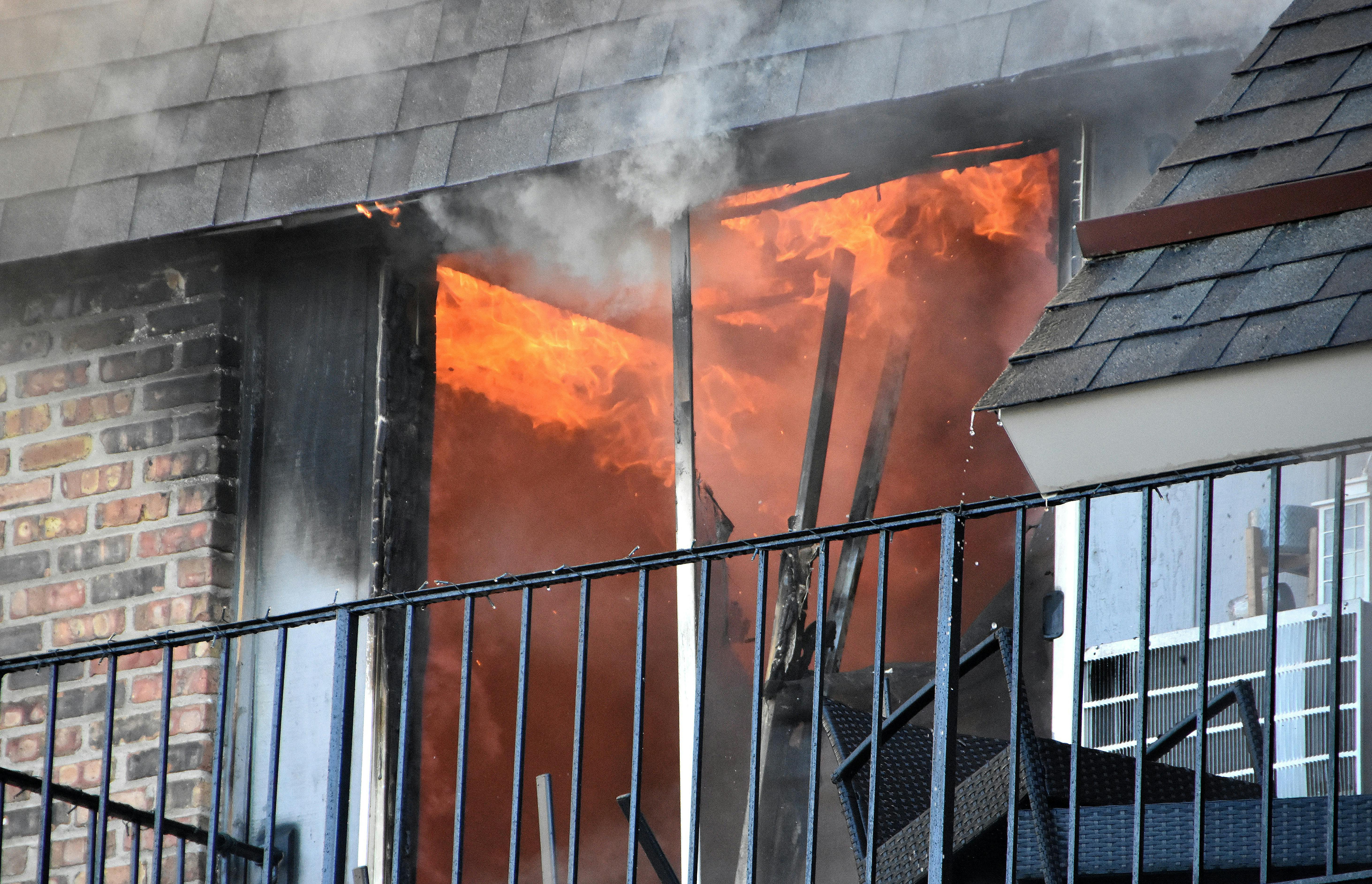
FAQ About Smoke Remediation
What’s the difference between soot and smoke damage?
Smoke damage affects air and smell. Soot is black dust that sticks to things after a fire.
Can I clean smoke damage by myself?
For small smells, yes. Use vinegar, air purifiers, and wipe surfaces. For big fires, call a removal service.
How long does it take to fix smoke damage?
It can take 1–5 days for small areas. Big homes may take a few weeks, especially with water or mold issues.
What kind of air purifier is best?
Use one with HEPA and activated carbon filters. These remove bad smells and tiny particles from the air.
Does smoke remediation get rid of tobacco smoke?
Yes! Smoke remediation services clean deep into fabrics, floors, and walls to remove all traces of tobacco smoke.
Contact us today for more information.


